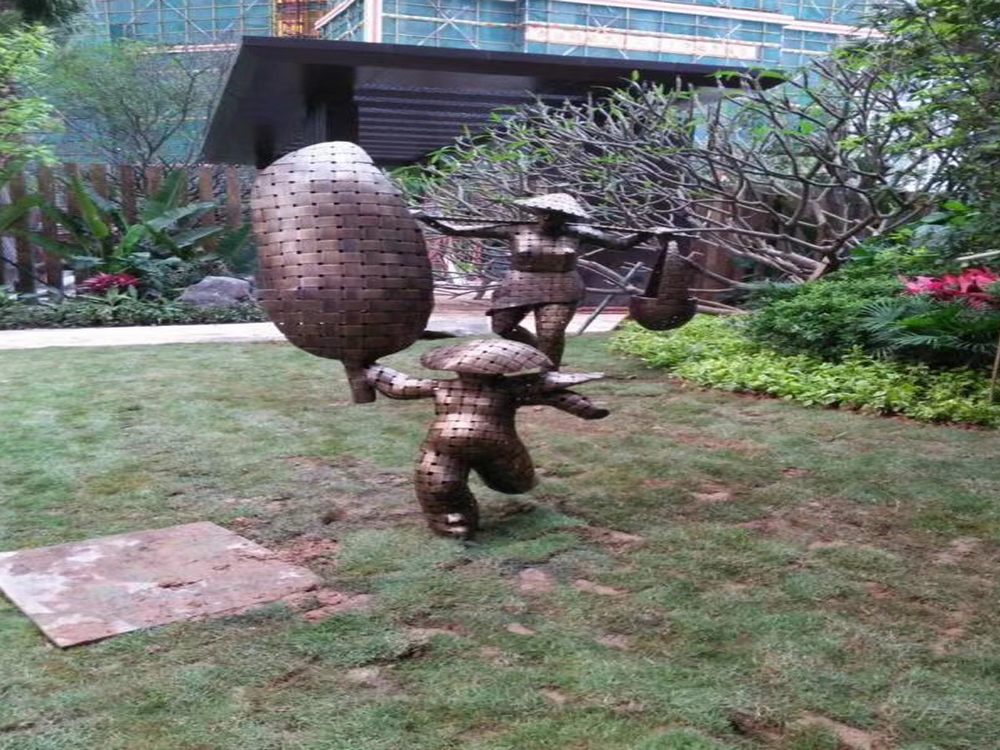
Pricing bronze sculptures involves a nuanced approach depending on whether the artwork is sold through galleries or private sales. Artists must balance production costs, market demand, and their professional reputation to set fair yet profitable prices.
For gallery sales, pricing typically includes a 50-100% markup to cover the gallery’s commission (usually 30-50%). Artists factor in material costs (bronze, patina, molds), labor hours, and overhead expenses like studio rent. Limited editions also influence pricing—smaller editions command higher prices per piece. Galleries may further adjust prices based on location, clientele, and perceived prestige.
Private sales, however, allow artists to avoid gallery commissions, enabling lower prices or higher profit margins. Direct sales often involve negotiation, with prices reflecting the buyer’s relationship with the artist or urgency to acquire the piece. Artists may offer discounts for repeat collectors or charge premiums for custom commissions.
Market trends play a role too—emerging artists might price conservatively to attract buyers, while established names leverage their brand value. Ultimately, transparency about pricing logic (e.g., detailing edition sizes or casting techniques) builds trust in both scenarios. Whether selling through galleries or privately, artists must align pricing with their long-term career goals and audience expectations.

